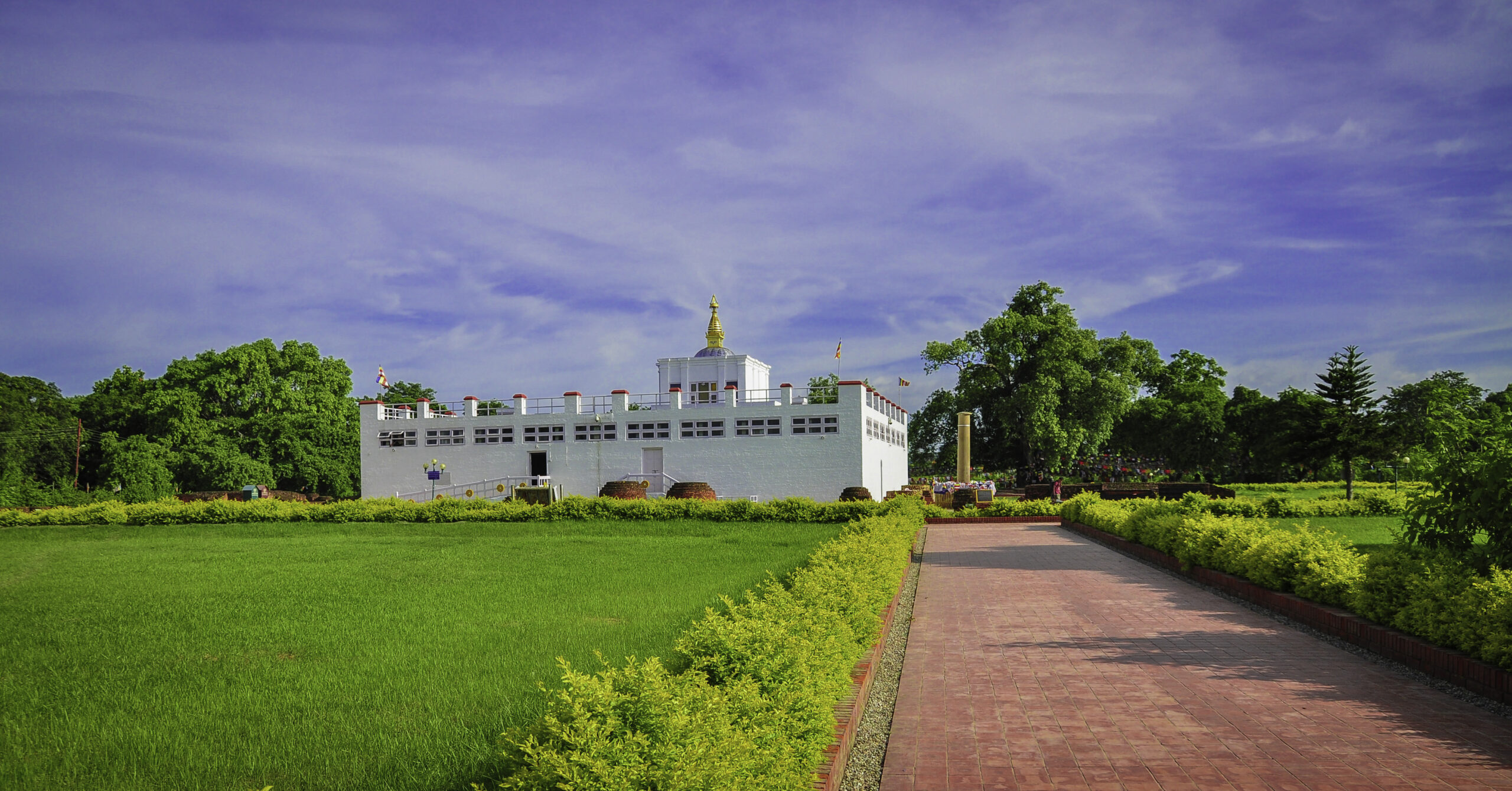Lumbini, the birthplace of Siddhartha Gautama—who later became known as the Buddha—is one of Nepal’s most cherished tourism destinations, attracting visitors from around the globe who seek spiritual enlightenment and cultural enrichment. As a UNESCO World Heritage Site, Lumbini not only holds immense religious significance but also boasts a rich historical and cultural heritage that enhances its appeal as a major tourist attraction.
Located in the Rupandehi District of Nepal, Lumbini is revered as the birthplace of the Buddha, making it a key pilgrimage site for Buddhists worldwide. According to historical texts, Queen Maya Devi gave birth to Siddhartha Gautama in Lumbini’s sacred garden in 623 BCE. The exact spot is marked by the Maya Devi Temple, which stands as a testament to the site’s ancient legacy. Pilgrims and tourists alike visit this temple to pay homage and reflect on the teachings of Buddhism.
Maya Devi Temple: Central to Lumbini’s significance is the Maya Devi Temple, which houses the sacred pool where Queen Maya Devi is believed to have given birth. The temple is surrounded by the ruins of ancient monasteries and stupas, offering a glimpse into Lumbini’s past.
Lumbini Garden: The expansive Lumbini Garden, designed by Japanese architect Kenzo Tange, features a serene landscape with numerous monasteries, stupas, and the sacred Bodhi tree. The garden is meticulously maintained and provides a tranquil setting for meditation and spiritual practices.
Monastic Zones: Lumbini is divided into several monastic zones, each representing different countries and their Buddhist traditions. These include the Thai Monastery, Chinese Monastery, and Korean Monastery, among others. Each zone contributes to the cultural diversity of Lumbini and offers visitors unique architectural styles and practices.
Lumbini Museum: The Lumbini Museum showcases artifacts, relics, and historical documents related to the Buddha’s life and the development of Buddhism. The museum offers an educational experience, enhancing visitors’ understanding of the historical and spiritual context of Lumbini.
World Peace Pagoda: Situated on a hilltop overlooking the Lumbini Garden, the World Peace Pagoda symbolizes global harmony and peace. It provides panoramic views of the surrounding landscape and serves as a focal point for international peace initiatives.
Lumbini’s tourism sector has seen significant developments aimed at enhancing the visitor experience. Infrastructure improvements, including upgraded roads, accommodations, and facilities, have made Lumbini more accessible and comfortable for tourists. The local government and various international organizations are also working on conservation projects to preserve the site’s historical and spiritual integrity.
As global interest in spiritual and cultural tourism continues to grow, Lumbini is poised to become an even more prominent destination. The ongoing development of infrastructure, coupled with efforts to promote sustainable tourism practices, is expected to attract an increasing number of visitors seeking both spiritual solace and cultural enrichment.
Lumbini stands as a beacon of spiritual heritage and cultural significance. Its role as a major tourist destination is complemented by its deep historical roots and ongoing efforts to provide an enriching experience for all who visit. As it continues to evolve, Lumbini remains a symbol of peace and enlightenment, drawing individuals from around the world to witness its timeless legacy.






